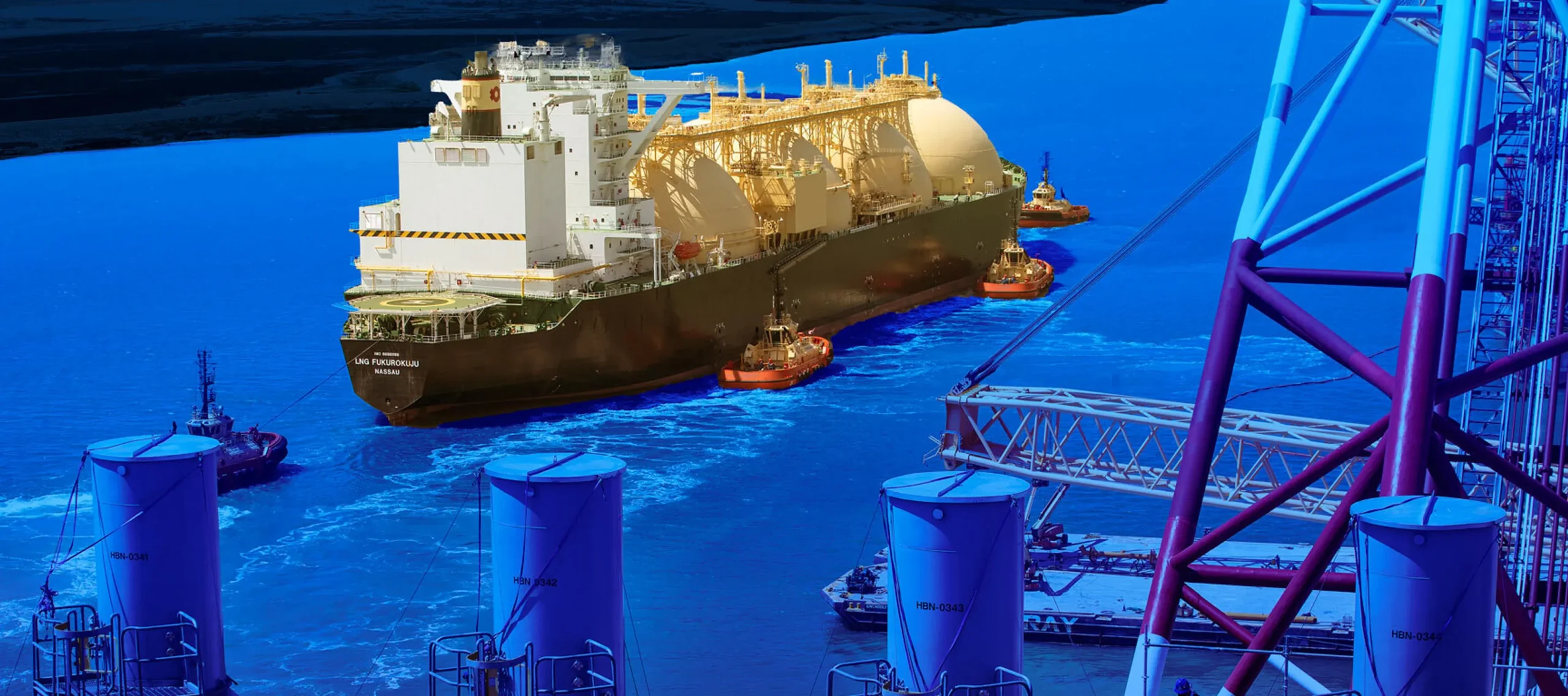Geopolitical relations, energy security, and the transition to clean fuels have all made the role of LNG in the supply chain more prominent than ever.
As global energy supply chains undergo transformations due to geopolitical developments, liquefied natural gas (LNG) has emerged as a critical factor in ensuring energy security and advancing decarbonization strategies.
According to Gas Bonyan, Ayla Majid, in a report published by the World Economic Forum, writes on this matter: Countries have now realized that energy security is no longer solely a function of supply and demand but is heavily dependent on political stability, international relations, and economic resilience.
Recent crises around the Strait of Hormuz—one of the world’s critical chokepoints for oil and gas transport—have once again highlighted the fragility of energy supply chains.
Following Iran’s threats to block this vital route, maritime transport costs surged dramatically, placing additional pressure on vulnerable economies such as Pakistan and Bangladesh.
In such circumstances, LNG emerges as a flexible and reliable solution to supply shocks. This cleaner fuel compared to coal enables rapid responses to market changes while synergizing with innovative technologies such as carbon capture and storage (CCS) and green hydrogen production.
Asia in the Spotlight
South and Southeast Asia, regions with rapidly growing populations and increasing energy demand, are becoming the main stage for the development of LNG infrastructure.
India, with seven active LNG terminals, is on track to increase its demand by 60% by 2030. This growth is primarily driven by the power and transportation sectors.
Thailand and Bangladesh are also expanding terminals and floating storage and regasification units to ensure a stable electricity supply.
Pakistan, over the past decade, has managed its energy crisis by leveraging LNG, meeting 42% of its energy needs through LNG in 2023. Although imports have declined due to economic challenges and the expansion of off-grid renewables, growth is expected to resume in the long term with infrastructure upgrades.
The US, Australia, and Qatar: LNG Export Giants
Globally, the United States, Australia, and Qatar are the three main players in the LNG market. The US, with projects such as Corpus Christi and Golden Pass, will increase its export capacity to 16.4 billion cubic feet per day by 2026.
Since 2019, the US has accounted for more than half of the final investment decisions in LNG projects.
A Vital Role in the Transition to Clean Energy
One of the most significant advantages of LNG is its role in reducing carbon emissions. Natural gas emits approximately 50% less carbon dioxide than coal. Countries like India are striving to significantly increase the share of gas in their energy mix.
In this regard, projects like Gorgon in Australia, which captures over 4 million tons of carbon dioxide annually, exemplify the convergence of LNG with environmental technologies.
Japan’s collaboration with South Asian countries to test CCS technology in gas-fired power plants and the use of LNG infrastructure to develop green hydrogen in India are further indicators of this trend.
Challenges and Opportunities on the Horizon
Despite a promising long-term demand outlook, the global LNG market faces price volatility in the short term. Forecasts suggest a potential surplus of 63 million tons of LNG by 2030, which could help stabilize prices. However, 2025 is likely to see further turbulence.
In this context, investment in flexible infrastructure, long-term contracts, and diversification of supply sources will be the three key pillars of success for countries aiming to ensure energy security and sustainable development.
Ultimately, in a world marked by geopolitical instability and increasing pressure to transition to clean energy, countries must act with a realistic, flexible, and innovative vision.
LNG, while not the ultimate solution, serves as a vital bridge—a bridge between today’s energy security and a sustainable, low-carbon future.






